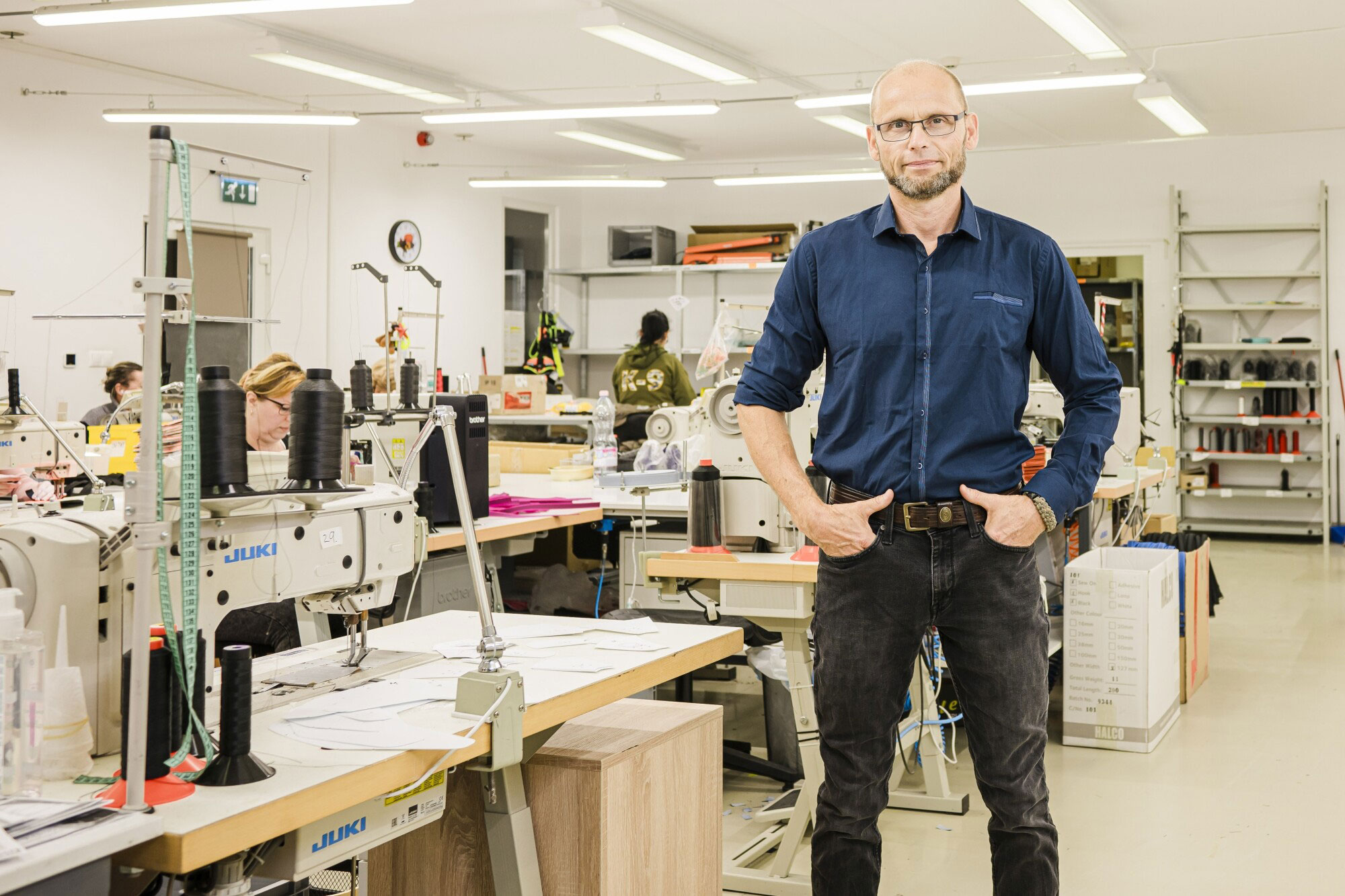I started building my brand on the waste heaps of factories
Few people would believe it, but in the early days — in the late 90s — the world-famous Julius-K9 dog harnesses were made from waste from large sponge and textile factories, as well as from scrap materials from car factories.
At the time, we lived in Austria, and when we visited home, we would regularly turn our truck into the waste yards of textile factories in Western Hungary. Standing on the waste heaps, I came across real treasures — experimental pieces made of sponges and fabrics that could not have been bought anywhere else.
Completed with straps and buckles, these became the prototypes of today’s Power harnesses.
Once — when I had managed to collect some money — I was able to order a truckload of fabric to the former Grabotex factory. But by the time I got there, everything had already been sold: the machines, the supplies, the dismantling was in full swing. The front of the machine that produced the ordered fabric had already been dismantled, while I stood at the end of the conveyor belt, stroking the fabric. I thought:
What kind of world is it where profitable factories are wiped off the face of the earth?
25 years have passed since then.
We can say: the destruction was perfectly successful.
Perhaps Julius-K9 is now the only one left in Europe?
